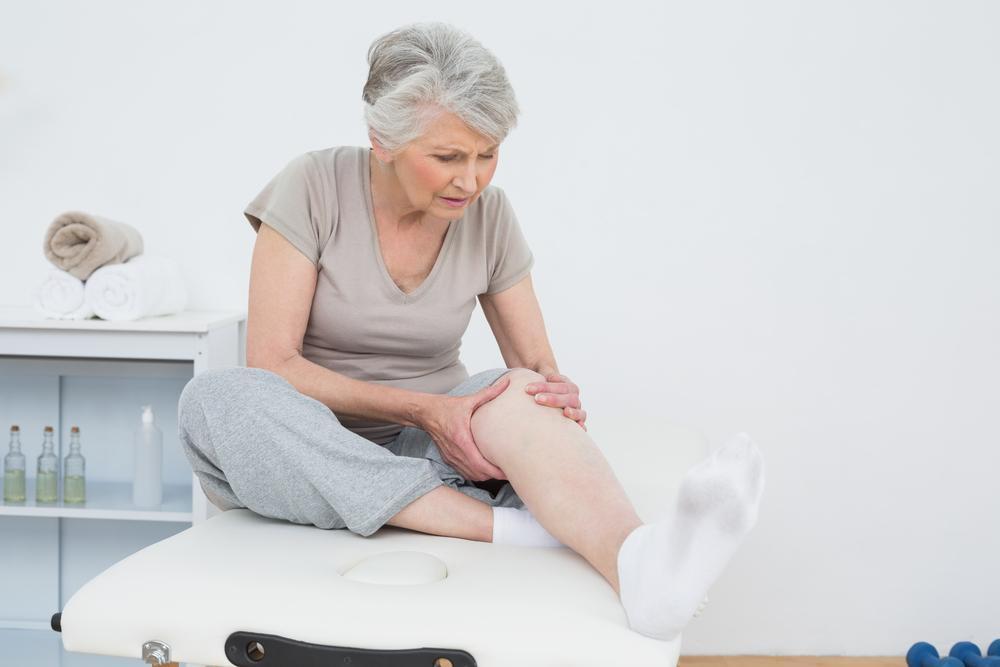Your Cart is Empty
FREE SHIPPING OVER $45 & RETURNLESS REFUNDS

If you suffer from joint pain and stiffness or gout, you know how challenging it can be to do everyday tasks. Gout symptoms can come and go with painful flares, or it can become a chronic condition. Often, the first symptom of gout is waking up with our big toe joint red, swollen and painful.
As the condition worsens, our ankle, elbow, knee, wristand finger joints can become swollen and sore. Advanced stages of gout can create large, swollen growths under the skin and along the top of the ear called tophi.
Concerns about gout and kidney stones are not the only health issue associated with excess uric acid — studies have found links to elevated risks for diabetes, cardiovascular disease, stroke, high blood pressureand metabolic syndrome.
While there is no cure for gout, you might be surprised to learn there are a variety of simple things you can do to reduce or even eliminate the symptoms. Gout can be hereditary, so you can also take steps to reduce your riskof developing it.
Gout is a type of inflammatory arthritis caused by elevated levels of uric acid in your blood. When there is too much uric acid in our blood, it can form needle-like crystals inside the linings of our joints, which is the root cause of the pain. Elevated uric acid levels can also create a type of painful kidney stone.
Gout treatment can include over-the-counter medications such as non-steroidal anti-inflammatory drugs (NSAIDs) such as Advil, aspirin and prescription drugs to reduce inflammation. Your doctor may have prescribed medications such as Lopurin, Aloprim, Zyloprim or Uloric to reduce uric acid production.
Most medications, even OTC ones, have side effects. Side effects such as stomach discomfort, diarrhea, constipation, headaches and ringing in the ears are somewhat minor — but more severe side effects ofcommon gout medications include rashes, vomiting, nausea, weight gain, kidney / liver failure, and decreased immunity to infection.
If your doctor prescribed medication for your gout symptoms, don’t stop taking it without discussing it with your doctor first. Even if your doctor wants you to continue taking your medication — or if you want to reduce your risk of developing goutor minimize your symptoms — there are some easy things you can do to feel better!
Purines we get from the foods we eat affect uric acid levels, so the first step is to lower the number of purines we put into our body. Some vegetables such as asparagus, beans, peas and mushrooms contain purines, but the jury is out on whether you should limit them. Some research has indicated that the purines in vegetables don’t necessarily contribute to uric acid production.
Foods high in purines you should eliminate or restrict include:
Also, be mindful of what you drink. Alcohol, especially beer or other yeast-containing beverages, contain a lot of purines. Wine in moderate consumption does not appear to increase uric acid.
Your liver takes a beating when you consume high fructose corn syrup (HFCS). Part of HFCS must be metabolized in the liver, which increases uric acid and can lead to fatty liver disease. An enormous number of processed foods and beverages contain HRCS because it is a low-cost way for mega-producers to sweeten foods.Want to learn more about the dangers of soft drinks?
The key takeaway here is to read labels! HRCS shows up in surprising places.
Studies have found that eating a high-fiber diet triggers micro-organisms in our guts to produce short-chain fatty acids which help reduce joint inflammation. Fibrous foods also help with digestion, which helps gout because some uric acid is excreted through the bowels. It’s easy to find foods high in fiber:
We should note here that cherries have been found to help patients suffering from gout. All berries contain potent antioxidants, but cherries in particular seem to have positive effects on inflammation from gout. They also contain fiber, so better to eat cherries versus drinking cherry juice.
An herbal supplement that contains celery seed extract and nettle can be very beneficial in lowering uric acid levels in the body and reducing inflammation.
This should come as a no-brainer, but simply drinking more water helps reduce the uric acid levels in your body.
You can see that there are plenty of simple, affordable things you can do to lower your gout risk or reduce symptoms without medication.
Many of these dietary changes will benefit you in other ways such as lowering your cholesterol, helping you lose weight and reducing your risk of developing serious health conditions such as diabetes, metabolic syndrome, cardiovascular disease, fatty liver disease, strokes and high blood pressure.
https://www.arthritis.org/about-arthritis/types/gout/treatments/medication.php
https://www.sciencedaily.com/releases/2017/01/170104114321.htm
https://www.healthline.com/nutrition/20-foods-with-high-fructose-corn-syrup#section2
https://www.sciencedaily.com/releases/2017/01/170104114321.htm
https://www.webmd.com/arthritis/understanding-gout-treatment
https://draxe.com/gout-remedies/
http://doctormurray.com/celery-and-celery-seed-extract-are-powerful-proven-healers/
https://www.thegoutsite.com/stinging-nettles-and-gout/
https://greendrinkreviews.org/is-chlorophyll-alkaline-or-acid
*These statements have not been evaluated by the Food and Drug Administration.